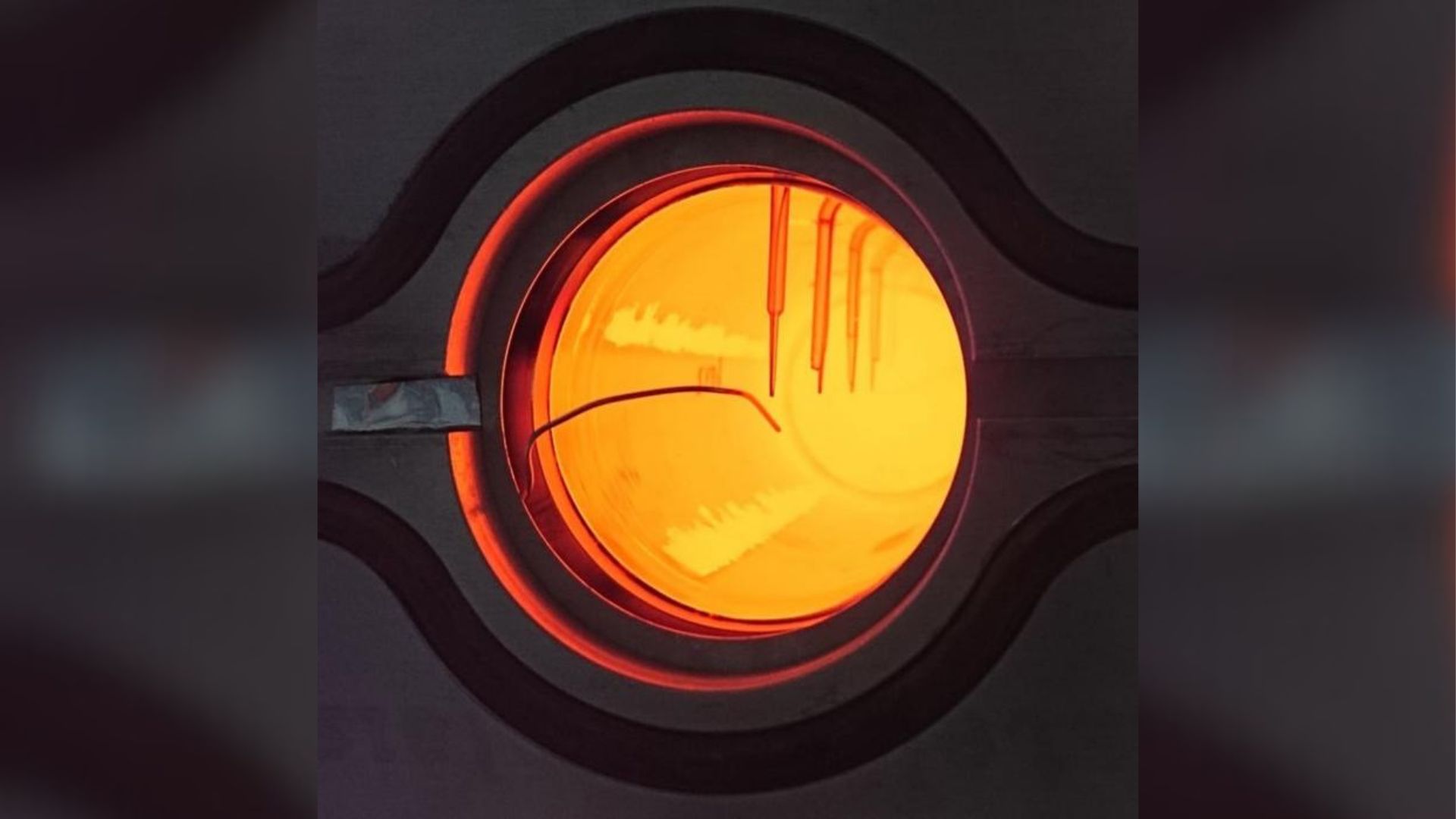Solar power generated enough heat to power a steel furnace
A new proof-of-concept device trapped solar radiation and used it to heat an object to a blistering 1,800 degrees Fahrenheit (1,000 degrees Celsius), raising hopes that steel furnaces could be powered by solar energy.

Scientists have used solar power to heat an object to 1,800 degrees Fahrenheit (1,000 degrees Celsius) — hot enough to power a steel furnace. The proof-of-concept study, published May 15 in the journal Device, demonstrates how solar energy could replace fossil fuels in high-temperature manufacturing processes, such as smelting steel.
To manufacture materials like glass, cement and ceramics, raw materials are heated to above 1,800 F (1,000 C). Currently, using solar energy to reach these scorching temperatures is costly and inefficient, so carbon-based energy like oil or coal are typically used to power the furnaces in which these materials are made.
These industries are responsible for around 25% of global energy consumption, researchers wrote in the study.
"To tackle climate change, we need to decarbonize energy in general," corresponding author Emiliano Casati, a scientist in the department of mechanical and process engineering at ETH Zurich in Switzerland, said in a statement. "People tend to only think about electricity as energy, but in fact, about half of the energy is used in the form of heat."
Scientists have previously explored solar receivers, or heating systems that convert solar radiation into heat via sun-tracking mirrors, but that technology struggles to break the 1,800 F barrier.
In the new study, Casati and his team drew upon a property called the thermal-trap effect. Essentially, semi-transparent materials strongly absorb sunlight, re-emitting it as heat.
So the researchers shined incoming solar radiation onto a synthetic quartz rod that trapped the heat. They then attached it to an opaque silicon dish, which absorbed the heat from the crystal.
Sign up for the Live Science daily newsletter now
Get the world’s most fascinating discoveries delivered straight to your inbox.
When the incoming light shined with the intensity 135 suns, the absorber plate climbed to 1,922 F (1,050 C), while the quartz rod stayed at 1,112 F (600 C).
Previous work, which didn’t use synthetic quartz to trap solar energy, only demonstrated the thermal-trap effect up to 338 F (170 C), according to the statement.
In follow-up work, the researchers tested different materials, including liquids and gases that can act as thermal traps, and managed to reach even hotter temperatures, according to the statement.
Next, the researchers will likely look at how this technology can be used on a larger scale to give it a higher chance of being adopted across industries.
"Solar energy is readily available, and the technology is already here. To really motivate industry adoption, we need to demonstrate the economic viability and advantages of this technology at scale," Casati said.










